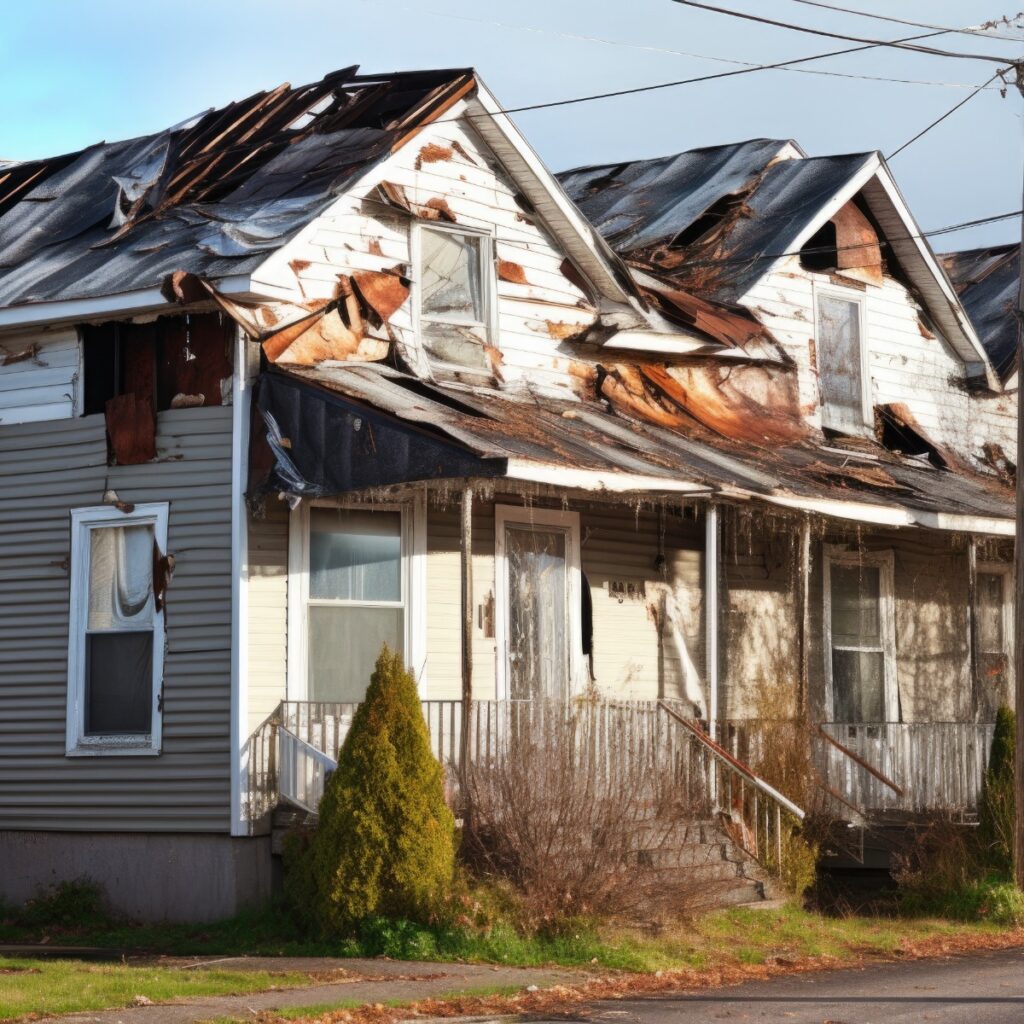
What are the steps to installing a roof?
As you drive through your town, you may not give the roofs a second thought, (unless you see one that has fallen in!) With this in mind, you certainly don’t give much thought to residential roof installations either, until it’s your home!
The roof on your home not only protects the contents and occupants, it protects the structure itself. It can be helpful to have an idea of what goes on during a residential roof installation. The following are the basic steps for an asphalt shingle roof while other roofing materials may have some variance from these steps:
Brand New Roof? You Need An Expert
Step 1: Tear Off the Old
Before a new residential roof installation can take place, the old one has to come off. In the roofing industry, this is referred to as the ‘tear-off’ phase. The contractor will start at the bottom of the roof line and work up row by row.
Step 2: Roof Decking Inspection
After the tear-off is done, the roofing team will inspect the roof decking. This is an important component as the base and structural support for the shingles and other roofing materials. During the inspection, in addition to the decking, they will check the sheathing and check for mildew and rot as well as any moist areas. If any repairs are needed, they will do this now.
Step 3: Flashing Inspection
With the old roofing material gone, the residential roof installation team will inspect the flashing around the chimney, dormers, skylights, valleys, and vents, replacing them as needed. Joints and valleys need flashing installed to prevent water from seeping under the shingles.
Step 4: Drip Edge Installation
Now the drip edge is installed before the underlayment. This is a critical component of a residential roof installation that diverts water off the roof and into the gutter.
Step 5: Underlayment Installation
Another critical component of a residential roof installation is the underlayment. This is a felt paper material that maintains the roofing system’s integrity by shedding water.
Step 6: New Roofing Material Installation
Now comes the part you see from the street! The asphalt shingles, or other roofing material, are installed now.
Step 7: Clean Up
Now is the time for the residential roof installation crew to clean up any debris, their equipment, tools, and leftover roofing material. Many contractors will have a dumpster brought to the job site, or they’ll have a trailer where the crew will toss the debris.
The last step is the inspection by the lead contractor. They will inspect the entire roof to ensure all is installed correctly. They will usually have the homeowner walk around the outside of the home with them as a part of the inspection. If something doesn’t look right, now is the time to speak up.
What is the cheapest way to roof a house?
There are many options in roofing materials to choose from today for a new residential roof installation, but asphalt shingles are still the least expensive of all. Within the asphalt shingle group, there are three different types:
- 3-tab asphalt shingles
- Architectural asphalt shingles
- Luxury asphalt shingles
What is the lifespan of asphalt shingle roofing material?
The basic 3-tab asphalt shingle roofing will usually have a 20-year warranty by the manufacturer, but you can expect to replace it within 15 years. An architectural asphalt shingle roofing material typically has a 30-year warranty, with actual replacement could be within 20 to 25 years. The luxury asphalt shingle roofing material has a lifespan of up to 30 years with the lifespan expectancy the full 30 years.
Can you install a roof by yourself?
How hard is it to roof your own house? If you’re handy with basic tools and have a helper or two, A DIY residential roof installation with asphalt shingles is possible. Do not attempt this without at least one other person with you and be sure to wear proper PPE (personal protection equipment).
How long does it take to put a roof on a house?
The size of the structure will have an impact on the time it takes, as will the weather. For a basic home with 1200 square feet, a professional roofing contractor team can complete a residential roof installation within 1 day. If you’re going to install the roof yourself, it will probably be a full weekend project.
Keeping It Healthy
Once you have a new residential roof installation done, you can assist the lifespan by keeping a routine of gutter cleaning and having the roof professionally washed every 2 years. Do an inspection each month yourself and after any significant weather event. A professional inspection by a roofing contractor should be done every 2 to 3 years, and if you find any issues after a weather event, it should be inspected by a professional too. Call us today at (785) 259-3477 to get a new roof installation started.


